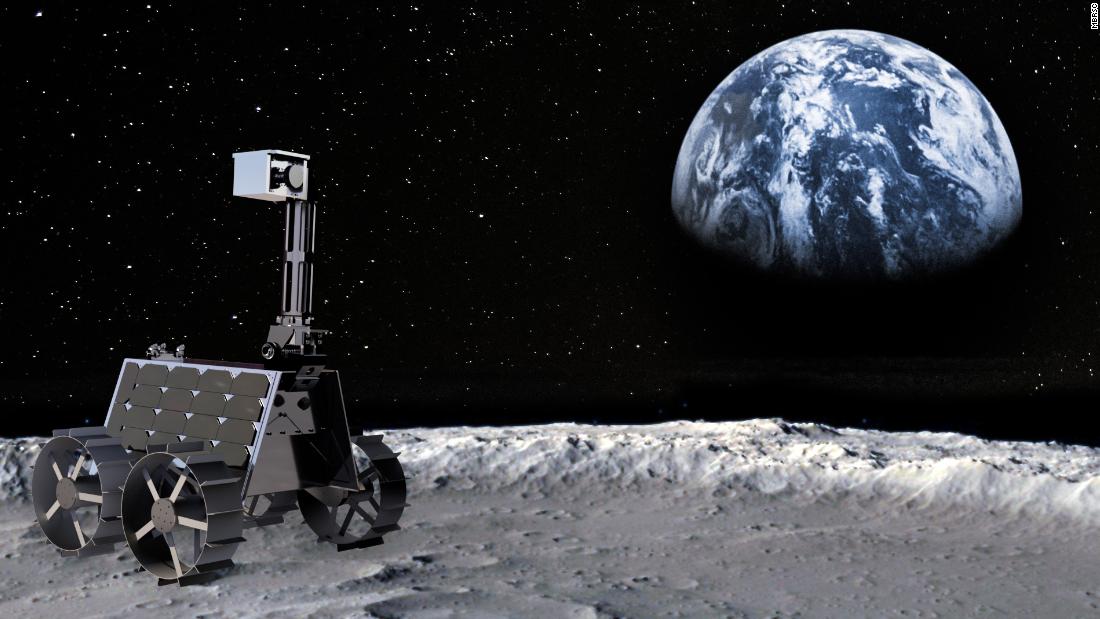The UAE has announced a lunar mission that will use an extraordinarily small rover, with just four wheels and a weight of 10 kilograms.
The Rover, which will be built in Dubai, is much smaller than the last Rover to be successfully deployed on the moon; The Chinese Yutu-2 has six wheels and weighs 140 kilograms (310 pounds).
By comparison, Curiosity, NASA’s only active Mars rover, is still larger – weighing 899 kilograms (1,982 pounds), the size of a small SUV.
The UAE is trying to join an elite club of just three countries – the US, Russia and China – to successfully land a spacecraft on the lunar surface. In 2019, the Indian Chandrayaan 2 mission crashed on the moon. Here you can see the car moving on a ramp in the main vehicle before it starts.
Yutu-2 in China is the only active lunar rover, but NASA wants to add one of its own. The Volatiles Investigating Polar Exploration Rover, or VIPER, is a mobile robot that will roam around the south pole of the moon in search of water ice.
VIPER, about the size of a golf cart, is being tested at NASA’s Simulated Lunar Operations Lab in Ohio.
Stargazers helped put the Hope probe in orbit.
The Hope probe was launched from the Tanegashima Space Center in southwestern Japan. The UAE has not yet announced partnerships for the rocket or starting point for its 2024 unmanned lunar mission.
AlMansoori (L), shown here with astronaut Sultan AlNeyadi of the mission backup, also had to master the incredibly complex systems in the Soyuz capsule. Both astronauts had to learn Russian to be able to manage it.
Architects Bjarke Ingels Group (BIG) have designed a prototype of a city for people living on Mars and adapted the design for the Emirates Desert.
The design consists of biodoms, each covered with a transparent polyethylene membrane.
The design includes skylights that are filled with water and that protect Martians from radiation as they enter the room.
The design of BIG for the Earthbound Science City places areas for research on life on Mars, including the cultivation of food on the red planet.
